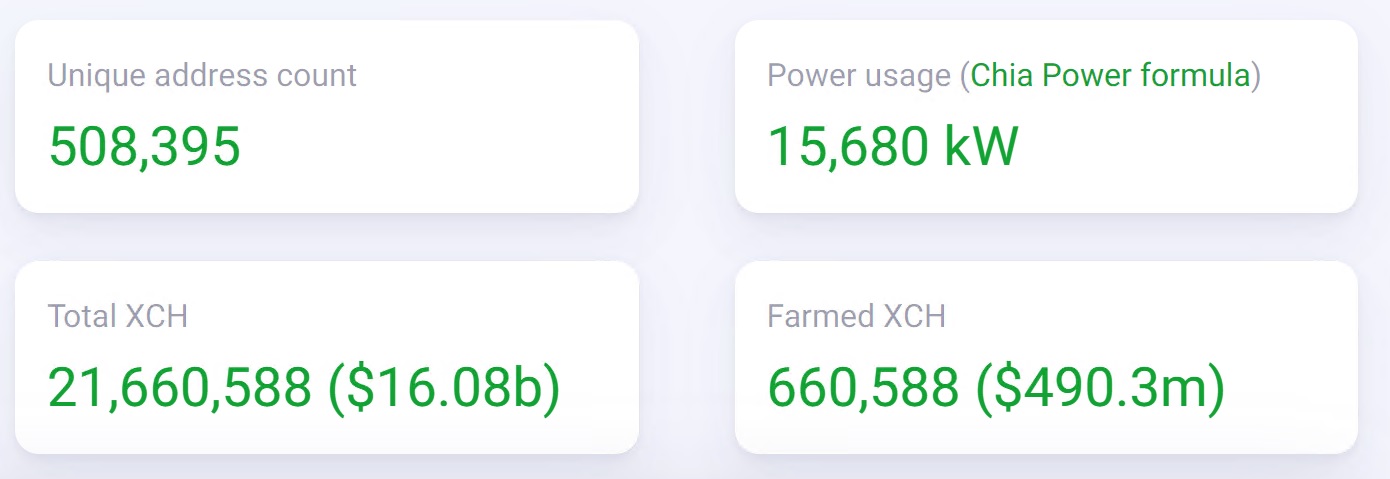UPDATE: please check out the new author website and blog at adaloveless.com
A perfect trifecta of emotional chaos.
1. Gaslighting is a term for a well studied, documented, and academically accepted form of psychological abuse where one person gains power over another to such an extent that they are capable of rewriting their reality. You don’t have to be simple-minded to fall for this. Intelligent people are victims of gaslighting every day.
2. Borderline Personality Disorder is a very serious “Cluster B” personality disorder that manifests itself as a tornado of love, tornado of destruction, self-harm, impulsiveness, a bottomless pit of neediness, and an intense attraction to psychopathic/sociopathic romantic relationships.
3. The Guru-Disciple relationship is a relationship between a master and a slave. The Guru is often a cult-leader, political leader, business leader, or a powerful charismatic social character. The disciple is a person who works in the service of the leader, hoping to learn from the guru, achieve the guru’s success for themselves, or get closer to the guru.
The 3 of these things when put together make a volatile cocktail. Consider the BPD Guru. People with Borderline Personality Disorder are already natural gaslighters due to the extreme black-and-white nature of their emotional attachments, fear of abandonment, and deep need to have others take care of them. They have an emotional intensity that can be unmatched when they meet new people making them natural gurus in social settings. The BPD Guru’s natural ability to quickly form intense bonds with people, and their natural need to groom others to serve as backups when their romantic relationships fail can create much chaos. Their loved ones often work tirelessly in their service to prove their love for them, but to the person with BPD, it is never enough, because a person with BPD although possibly being of good intentions, feels empty and alone inside at all times. The ones who love them become their disciples, slaves, pouring all their love and emptying their pockets in the service of their guru who seems unable to be appeased at any cost. Furthermore, a person with BPD is often obsessed with appearances, and is unable to publicly confront their own faults, so any attempts to point out their bad behaviors result in excommunication or wrath. To continue to stay close to this person means that you have to be willing to accept their lies and half truths. Out of necessity, BPD individuals learn to become gifted liars in order to preserve their appearances of being perfect, and the people who care about them end up accepting their lies as truth. In effect, it is natural that the BPD Guru is able to rewrite the realities of those who love them.
Continue reading “Save the Princess! My Story of Gaslighting, Borderline Personality Disorder, and the Guru-Disciple relationship”




![How to Sacrifice Your Lover: A Tale of Gaslighting and the Cult of Borderline Personality by [Ada Loveless]](https://m.media-amazon.com/images/I/41vdHAHECsL.jpg)
